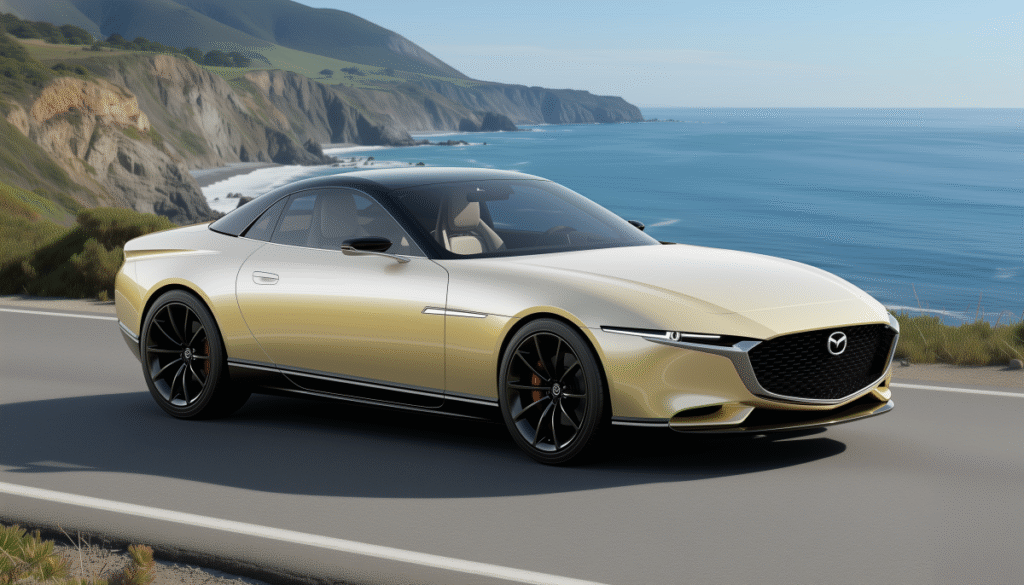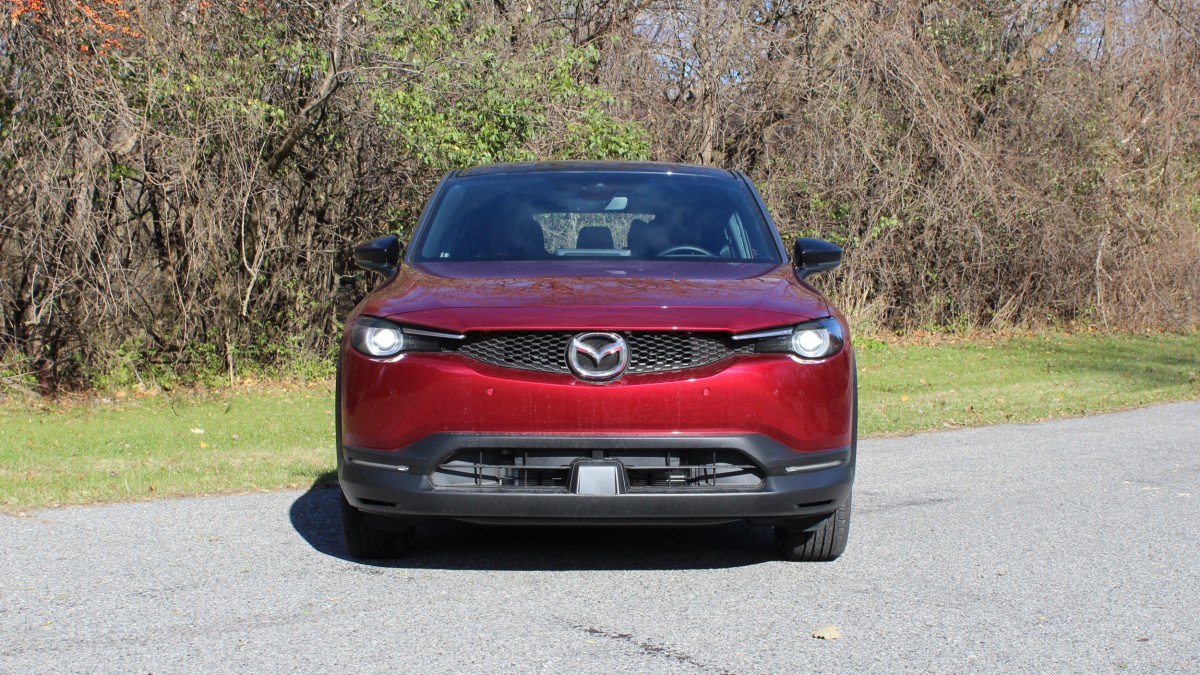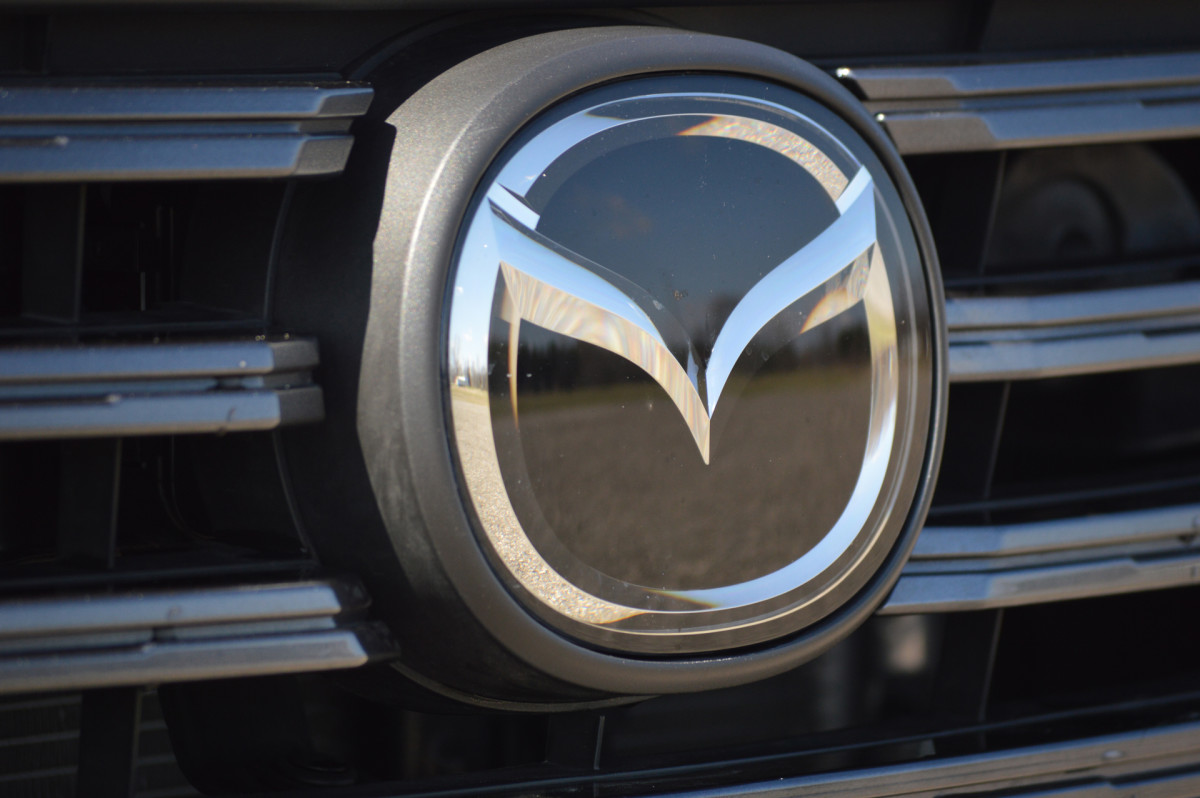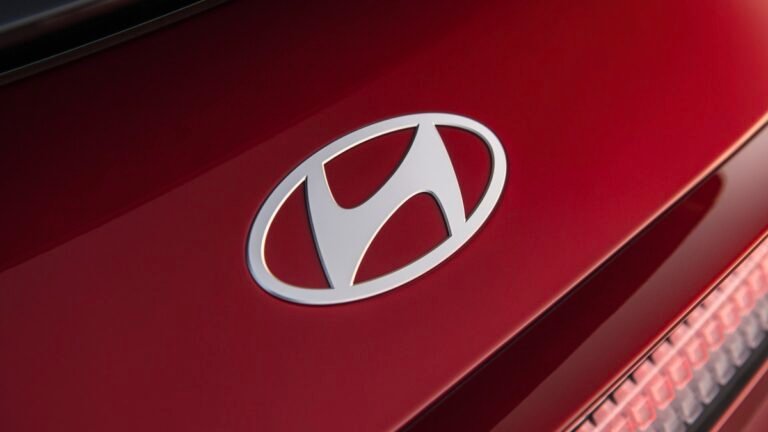
Mazda has started on-road testing of a prototype for its first dedicated battery-electric vehicle designed specifically for the U.S., marking the company’s most serious EV push yet. The test mules, spotted by Automotive News, near Mazda’s Irvine, California R&D center, appear to ride on the brand’s new Skyactiv EV Scalable Architecture, a ground-up platform rather than a reworked gasoline chassis.
Mazda expects to begin production in 2027, with U.S. sales targeted for 2028, putting the project on roughly the same timeline as the model discussed earlier this month.
What Mazda Is Testing
Early prototypes have been seen using bodywork resembling the CX-70, suggesting the final EV will be a mid-size crossover aimed at core U.S. buyers. Engineers say the new platform focuses on maintaining Mazda’s signature “jinba-ittai” driving character, something the brand is eager to preserve as it transitions to electric. Mazda’s electrification team is also benchmarking ride quality against current models like the CX-5.
Behind the scenes, Mazda is investing roughly ¥1.5 trillion (~$10 billion) into electrification through 2030, signaling a long-term commitment rather than a tentative step. Unlike the short-range MX-30, which struggled in the U.S. market, this upcoming EV is built on a modern platform that supports competitive battery sizes, updated charging architecture, and scalable packaging that can be adapted across multiple future models.
John Beltz Snyder
Why Mazda Is Taking Its Time
While most automakers rushed into full EV lineups years ago, Mazda has taken a slower approach, one rooted in concerns about lifecycle carbon emissions and power-grid realities. The company argued that battery manufacturing and fossil-fueled grids complicate the narrative around electrification.
Still, tightening U.S. emissions regulations and rising customer demand for electric crossovers have pushed Mazda into more decisive action. The company’s largest market remains North America, and launching a mid-size electric crossover aligns closely with where U.S. sales volume, and overall profit potential, is strongest.
Copyright 2015 Seyth Miersma / AOL
What Comes Next
Mazda still needs to finalize key specifications such as driving range, battery capacity, motor output, and fast-charging capability. Industry expectations suggest the company will aim for range figures that are competitive with mainstream electric crossovers already on the market. Production is set to begin in Japan, with U.S. deliveries expected to follow the next year.
As Mazda continues refining the prototype, this early phase of testing shows a clear shift, showing that the brand is moving toward a more complete EV portfolio built on dedicated architecture rather than limited, small-volume compliance models.



